OnePlus launches the OnePlus One: Initial Thoughts
by Joshua Ho on April 23, 2014 3:04 AM EST- Posted in
- Smartphones
- Android
- Mobile
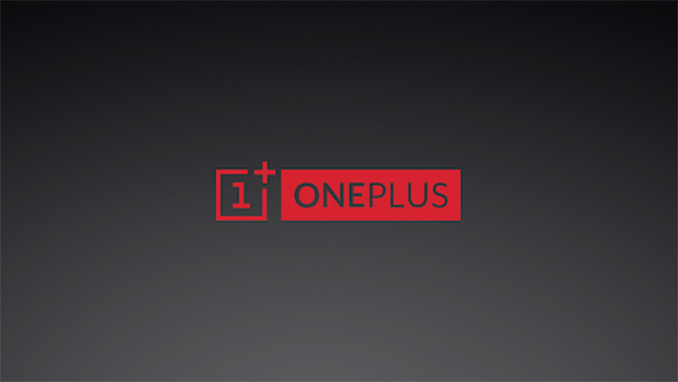
Edit: In the time since the initial launch, there's been confirmation that the OnePlus One does in fact support 802.11ac. It's a single spatial stream part, Qualcomm's WCN3680.
In what has possibly been the most hyped-up launch in recent history, OnePlus has finally unveiled their new One. This is a smartphone that shares a great deal with the Oppo Find 7a, and it has been announced that Oppo is the company that will produce this phone. For those that haven't followed this company, OnePlus is a start-up that was founded last year in December by Pete Lau, former VP at Oppo.
To start off, this is a phone with a 5.5" 1080p display from JDI (Japan Display Inc.), and ships with a 2.5 GHz Snapdragon 801, which clearly shows the high-end aspirations for this phone. The rest of the specs can be seen below.
| Oppo Find 7a | OnePlus One | |
| SoC |
MSM8974ABv3 2.3 GHz Snapdragon 801 |
MSM8974ACv3 2.45 GHz Snapdragon 801 |
| RAM/NAND | 2 GB LPDDR3, 16GB NAND + microSD | 3GB LPDDR3, 16/64GB NAND |
| Display | 5.5” 1080p IPS LCD (JDI) | 5.5” 1080p IPS LCD (JDI) |
| Network | 2G / 3G / 4G LTE (Qualcomm MDM9x25 UE Category 4 LTE) | 2G / 3G / 4G LTE (Qualcomm MDM9x25 UE Category 4 LTE) |
| Dimensions | 152.6 × 75 × 9.2 mm, 170 grams | 152.9 x 75.9 x 8.9 mm, 162 grams |
| Camera |
13MP (4128 x 3096) Rear Facing, 1/3.06" CMOS size (Sony IMX214), F/2.0, 5MP FFC w/ F/2.0 aperture |
13MP (4128 x 3096) Rear Facing, 1/3.06" CMOS size (Sony IMX214), F/2.0, 5MP FFC w/ F/2.0 aperture |
| Battery | 2800 mAh (10.64 Whr) | 3100 mAh (11.78 Whr) |
| OS | Android 4.3 with ColorOS | Android 4.4 with CyanogenMod 11S |
| Connectivity | 802.11a/b/g/n/ac + BT 4.0, USB2.0, GPS/GNSS, MHL, DLNA, NFC | 802.11a/b/g/n/ac + BT 4.1, USB2.0, GPS/GNSS, MHL, DLNA, NFC |
| SIM Size | MicroSIM | MicroSIM |
As shown above, the Find 7a and the OnePlus One are extremely similar phones outside of a few key areas, with a thinner and somewhat lighter build on the OnePlus One, along with a larger battery, deletion of the microSD slot and a unibody construction that prevents easily swapping batteries. OnePlus has also detailed their curved back design, which goes from 4.6mm on the edge to 8.9mm in the middle, which means that the design is curved similarly to the One (M8) and other HTC designs, although without the associated pyramidal internal stack that would increase volumetric efficiency for such a design.
OnePlus is also pushing their dual stereo speakers, both of which are placed on the bottom. I'm not too sure what the point of this is though, as the speaker separation is almost nothing, although peak volume can increase through constructive interference.
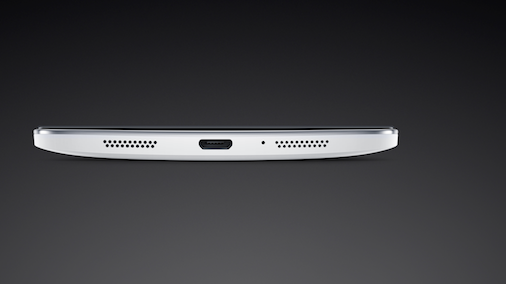
Going through the marketing materials, there's quite a bit that OnePlus is advertising that isn't necessarily a point of differentiation. Things like Touch On Lens (TOL) and Content-Adaptive Backlight Control (CABC) are commonly used throughout the industry, and TOL has already been supplanted by in-cell touch technologies used by OEMs such as LG and Apple. CABC is a power-saving technique often seen in most LCD-screened phones, and is often identified as dynamic contrast due to some implementations having a visible flicker effect from image to image. The LTPS display is also nothing new, as most LCDs use such technology in order to have manageable levels of power consumption at the high pixel densities that most mobile displays have.The camera is also identical to the one found in the Oppo Find 7a, with no clear differentiation.
What is interesting is the UI, which runs a custom version of CyanogenMod 11. It seems to be a new skin over AOSP, and represents the first departure that I've seen by CyanogenMod from AOSP-UI in a long time. An example of the lock screen and theming application can be seen below. The phone also has a capacitive menu button with no multitasking button, so it'll be interesting to see if this will pass Android CTS as most of the major OEMs seem to have moved to home/back/multitasking configurations despite previously adhering to home/back/menu.

Outside of UI, pricing is also another key differentiator. The phone will come in two colors, silk white and sandstone black. There will also be custom backplates, with wood, kevlar, and denim planned. It seems that based upon the launch presentation that this is a concession done in place of creating a metal unibody design, as issues with RF performance were explicitly referenced. In the US, the 16GB variant will be 299 USD, and the 64GB variant will be 349 USD. At launch, an invite system is in place to handle demand, although it seems that general availability will happen in Q2 2014. Prices for the supported regions can be seen in the photos below.
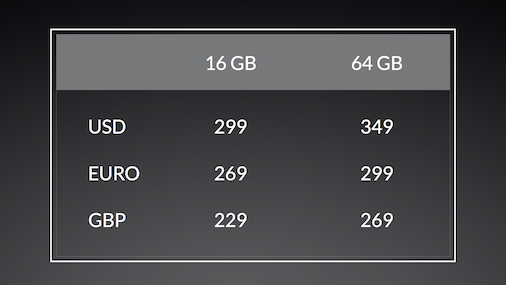



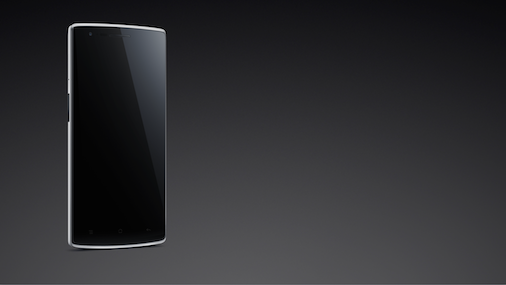
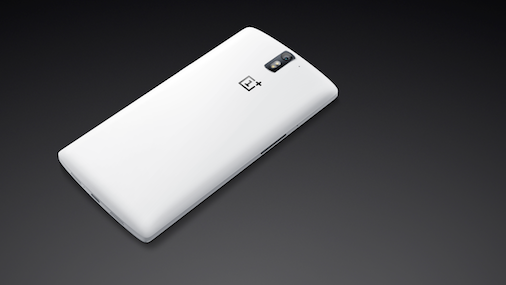








67 Comments
View All Comments
10101010 - Wednesday, April 23, 2014 - link
I am very impressed with the design and attention to detail. This phone stands out as something special. And hopefully it is the first of many great devices from the OnePlus team. There really is no reason to deliberate over buying a Samsung Galaxy S5 or HTC One or Sony Z2 any more. This is the the one.whalemonster - Wednesday, April 23, 2014 - link
Exactly. Flagship spec at this price point is hugely impressive and a great thing for consumers - this will really shake up the market. Samsung, Sony and HTC should be worried.uhuznaa - Wednesday, April 23, 2014 - link
Well, specs aren't everything, or the wine with the most alcohol for the buck would be the best.Marthisdil - Wednesday, April 23, 2014 - link
No Verizon, so won't be a huge impactdeltatux - Wednesday, April 23, 2014 - link
The US is not the whole world. Verizon is only one of many carriers out there. Pretty much the OnePlus One works on most of the carriers around the world. You can blame Verizon for not being compatible with standards instead of the other way around.Scionero - Wednesday, April 23, 2014 - link
If you're willing to spend the huge amounts of money that Verizon asks for, then this phone isn't for you.TedKord - Thursday, May 1, 2014 - link
It is if you're holding on to your grandfathered unlimited data and have to pay full retail.Johnmcl7 - Wednesday, April 23, 2014 - link
There are still many reasons to consider the S5 and Z2, I'd pay more for the S5 to get a replaceable battery and micro SD slot or more for the Z2 to get the better camera, weather sealing and micro SD slot. A cheap phone that doesn't do what I need isn't worth saving the money for.The Nexus 5 is also much cheaper than other flagship devices despite its top end spec but it hasn't destroyed Sony or Samsung's market either.
Mondozai - Wednesday, April 23, 2014 - link
That is true, people are irrational. This is why there is so many marketing dollars flying around.Also, do you need an SD card with 64 GB? Most people don't.
These are killer specs for a killer price. Paying 300 extra dollars for a better camera makes no sense, most people just do selfies anyway. (HTC estimates that selfies take up 90% of all photos in some markets).
At long last, we are entering the era of competitive pricing for high end smartphones.
MonkeyPaw - Wednesday, April 23, 2014 - link
That HTC statistic makes me sad.